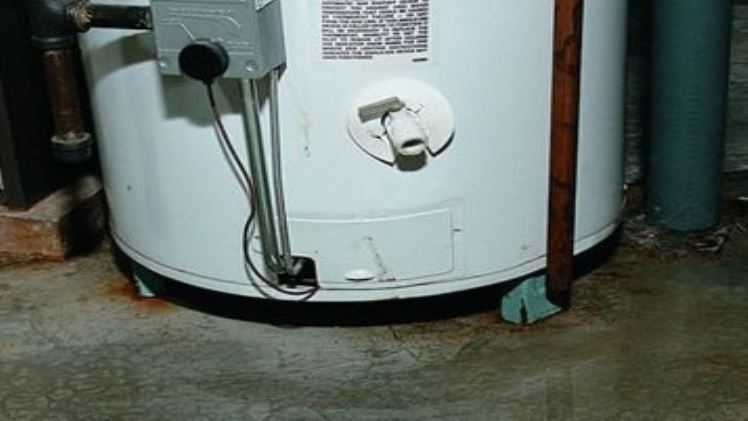How to Handle a Burst Water Heater Tank

A homeowner’s worst nightmare may be a burst water heater tank. It can also result in damage to your home and belongings in addition to a sudden and possibly large water leak. On the other hand, you can lessen the harm and inconvenience if you know how to act quickly and appropriately. We’ll take you step-by-step through the process of handling a burst water heater tank in this extensive guide.
- Cut Off the Power Source
It is imperative that you take precautions to protect yourself from any potential electrical hazards before proceeding. If your water heater is electric, find the fuse or circuit breaker that regulates the heater’s power and flip it off. Locate the gas shut-off valve and turn it to the “off” position for gas water heaters. To avoid mishaps involving gas or electricity, take this crucial action.
- Cut Off Water Source
The water flow into the burst tank must be stopped after turning off the power supply. Find the valve for the cold water supply, which is usually next to or above the water heater. To stop the water supply, turn the valve in a clockwise direction. By taking this action, more water will not fill the tank and inflict more damage.
- Release Strain
Turn on a hot water faucet in your house to avoid the tank becoming overly pressurized. This will lessen the chance of further leaks or damage and assist in releasing any residual pressure.
- Empty the Tank
To reduce the quantity of water that could leak into your house, the water heater tank must be emptied. For this step, a garden hose is required.
This is how the tank is emptied:
- Connect the garden hose’s one end to the drain valve that’s close to the water heater tank’s bottom.
- The other end of the hose should be placed in a floor drain, bathtub, or outside area that is appropriate for drainage.
- Turn the drain valve counterclockwise to open it. A burst of hot water will shoot through the hose; be ready for it.
- Permit the tank to empty entirely. Depending on how big your water heater is, this could take a while.
- Drain Any Remaining Water
Even after the tank has been emptied, some water may remain in it. Any leftover water in the vicinity of the water heater can be soaked up and removed using towels, buckets, or a wet-dry vacuum. To stop water damage and mold growth, the area must be completely dried out.
- Evaluate the Damage
After you’ve taken care of the pressing problems, give yourself some time to determine how much damage has been done. Examine the vicinity of the water heater for indications of water damage to adjacent furnishings, walls, or floors. Make sure to look for evidence of water intrusion in the ceiling of your finished basement.
To assess and handle the situation, you might need to speak with a licensed contractor or water damage restoration specialist if the damage is significant or poses a risk to the structural integrity of your home.
- Speak with an HVAC or Plumber
You must get in touch with water heater repair Vancouver WA or HVAC specialist to address the burst water heater issue. They are qualified to evaluate the damage, identify the rupture’s cause, and suggest the necessary replacements or repairs.
- Examine Your Insurance Options
In the event that water damage or damage from a burst water heater is covered by your home insurance policy, you might want to get in touch with your insurance company to begin the claims procedure. Take pictures of the damage and record any costs incurred as a result of the incident.
- Avoid Problems in the Future
It’s crucial to take action to stop a situation like this from happening again after resolving the current issues. Here are a few precautions to take:
- Regular Maintenance: Make time for your water heater’s regular maintenance. Inspections by professionals can identify problems before they become catastrophic failures.
- Replace Aging Units: If your water heater is getting close to the end of its useful life (ten to fifteen years for tank water heaters), you might want to think about getting a new one before it bursts.
- Install a Water Heater Pan: You can contain leaks and stop water from spreading throughout your house by installing a water heater pan underneath your unit.
- Upgrade to a Tankless Water Heater: Since they don’t hold a lot of water, tankless water heaters are less likely to burst. For increased safety, think about switching to a tankless system.
In Summary
Although dealing with a burst water heater tank can be unpleasant and disruptive, taking immediate action and acting quickly can help minimize damage and stop more problems. You can safeguard the security of your family and protect your house by doing the things listed here and taking preventative measures. To ensure the job is done correctly and safely, keep in mind that it’s always best to consult with a professional plumber or HVAC technician when handling the burst tank and carrying out any necessary repairs or replacements, find more here.





